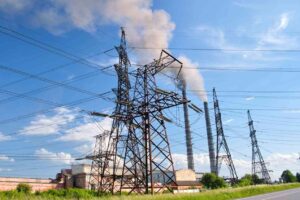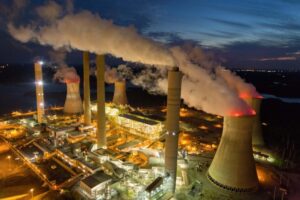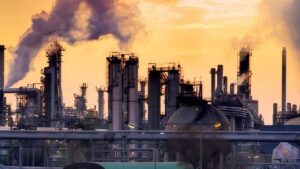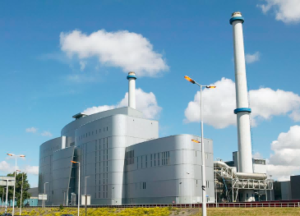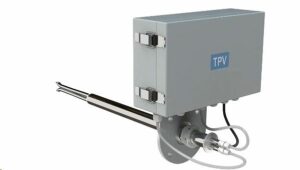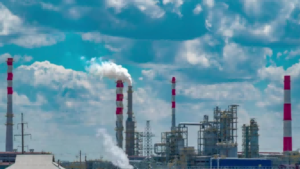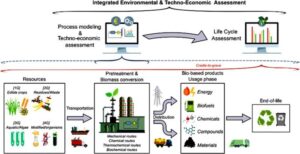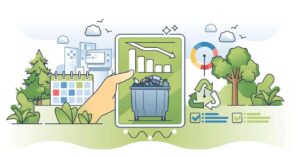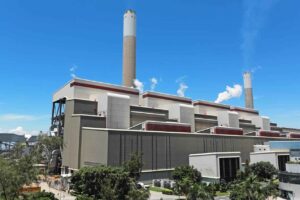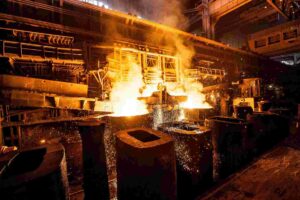Fathom the complexities of gas analysis solutions in this comprehensive guide. Aim to illuminate the nuances of different types of gas analyzers, their applications, and how to choose an adept manufacturer.
Unravel the mystery surrounding the top manufacturers, and learn how to ensure accuracy through proper use and maintenance. Here’s a deep dive into the transformative world of gas analysis solutions manufacturers.
Key Advancements In Gas Analysis Solutions!
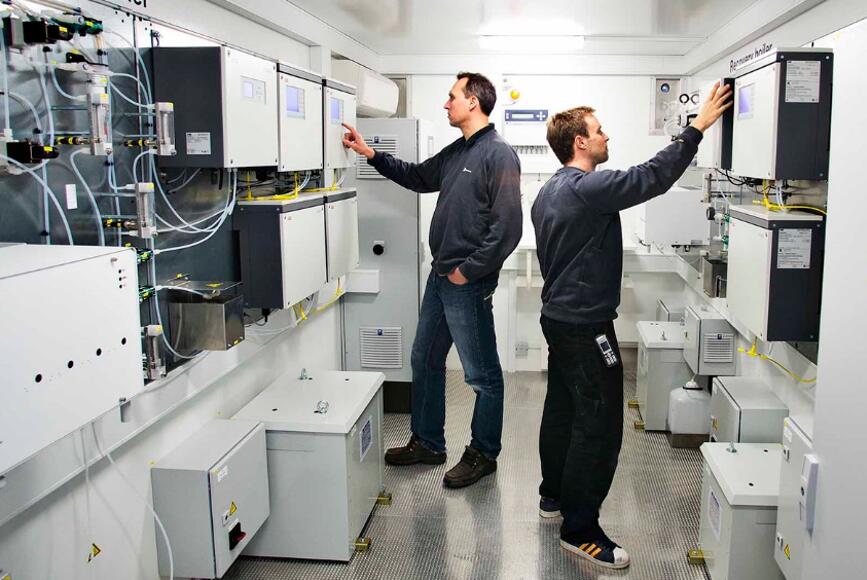
Gas analysis has seen remarkable advancements in recent years, revolutionizing industries and applications worldwide. This progress is mainly driven by technology evolution and demand for improved performance.
● Advancements In Sensor Technologies
The timeline of recent years highlights a concentrated effort by gas analysis manufacturers to perfect sensor technologies. The introduction of nanotechnology marks the genesis of the nano-structured sensors era, promising heightened sensitivity and selectivity in identifying specific gases.
The fruits of this technological breakthrough manifest in the form of accelerated response times, a decline in false alarm instances, and an overall enhancement in safety standards across a wide spectrum of industries.
● Capabilities Of Real-Time Monitoring
The advent of real-time monitoring capabilities has heralded a paradigm shift in the domain of gas analysis. The proficiency to instantaneously detect and quantify gas levels carries substantial implications for environmental surveillance, process control, and safety.
Leveraging sophisticated algorithms and high-velocity processing, today’s gas analyzers deliver real-time data, enabling swift decision-making and interventions. The resultant effect is an increase in operational efficiency and safety standards.
● The Trend Of Miniaturization And Portability
The wave of miniaturization has swept the gas analysis sector, bringing with it a surge in portable analyzers. Today’s manufacturers are focused on crafting compact, portable analyzers that offer ease of handling and transportation, making them an ideal choice for on-site measurements.
Case in point, handheld analyzers are seeing a surge in utilization in environmental monitoring and industrial safety realms, facilitating swift responses to potential hazards and ensuring adherence to regulatory norms.
● Symbiosis With Industry 4.0 And IoT
The amalgamation of gas analysis solutions with Industry 4.0 and the Internet of Things (IoT) has catalyzed unparalleled opportunities. Modern smart gas analyzers, outfitted with robust connectivity features, can transmit data to centralized systems for comprehensive monitoring, precise control, and predictive analysis.
This symbiotic relationship amplifies system-wide transparency, refines process control, and fuels productivity.
● Emphasis On Accuracy And Sensitivity
In the domain of gas analysis, accuracy, and sensitivity are paramount, and the progress in these areas has been stellar. Contemporary gas analyzers exploit precision optics and advanced signal processing to detect even the minutest traces of specific gases.
This degree of precision is indispensable in sectors like pharmaceuticals and petrochemicals, where even marginal gas concentrations can trigger significant consequences.
● Integration Of Automation And Remote Control Functionality
The incorporation of automation and remote control functionalities in gas analyzers has carved the path toward heightened operational efficiency.
Automated analyzers are now capable of conducting self-calibration and diagnostics, mitigating the need for manual intervention and slashing downtime.
In addition, the feature of remote control allows operators to supervise and modify analyzer settings from afar, introducing an added layer of convenience and safety.
How Gas Analysis Solutions Manufacturers Address Industry Challenges?

● Meeting Regulatory Compliance Requirements
Gas analysis solutions manufacturers face strict regulations to maintain air quality standards. By developing accurate, reliable analyzers, they help clients adhere to the Environmental Protection Agency (EPA) guidelines and the Clean Air Act.
Manufacturers continually innovate, creating analyzers capable of detecting parts-per-billion (ppb) levels of pollutants. For example, NOx emissions limits have been reduced to 30 ppm in recent years, and manufacturers have responded by designing analyzers that can measure as low as 0.1 ppm.
By offering such cutting-edge solutions, these manufacturers ensure compliance with ever-changing regulatory standards.
● Reducing Operational Costs And Energy Consumption
In addition to compliance, gas analysis solutions manufacturers prioritize reducing operational costs and energy consumption. Advanced analyzers consume less power, decreasing energy expenses and enhancing sustainability.
The latest devices use micro-electromechanical systems (MEMS) technology, which significantly reduces power requirements compared to traditional analyzers.
For instance, a study by MarketsandMarkets showed that the global gas analyzer market size is projected to grow from USD 3.6 billion in 2020 to USD 4.9 billion by 2025, at a CAGR of 6.1%, primarily due to advancements that help minimize energy consumption and operational expenses.
● Ensuring Workplace Safety And Environmental Protection
Workplace safety and environmental protection are crucial for gas analysis solutions manufacturers. With precise, real-time monitoring, they help industries prevent hazardous situations, such as leaks, explosions, or fires, and avoid damage to the environment.
For example, the Occupational Safety and Health Administration (OSHA) sets permissible exposure limits (PELs) for various gases, and manufacturers develop analyzers capable of detecting concentrations below these thresholds.
Furthermore, by monitoring greenhouse gas (GHG) emissions, manufacturers contribute to global efforts in reducing the environmental impact of industries, aligning with the Paris Agreement’s goal of limiting global warming to well below 2°C above pre-industrial levels.
● Customizing Solutions To Meet Specific Industry Needs
To address unique challenges, gas analysis solutions manufacturers must design and develop tailored systems. For instance, in the pharmaceutical sector, strict regulations necessitate highly sensitive and accurate analyzers.
A leading manufacturer, ABB, offers laser-based analyzers, which boast a detection range of 0.1-100% for various gases.
By catering to specific needs, these manufacturers ensure optimal performance and compliance with industry standards, leading to increased efficiency and reduced operational costs.
● Incorporating AI And Machine Learning For Predictive Maintenance
Gas analysis solutions manufacturers now integrate AI and machine learning technologies to enhance predictive maintenance capabilities.
By analyzing data patterns and trends, these smart systems can identify potential equipment failures and optimize maintenance schedules. A 2020 study by McKinsey found that implementing AI-driven predictive maintenance could reduce downtime by up to 50% and save companies up to $630 billion by 2025.
Such innovations enable businesses to maintain their gas analyzers’ efficiency, reduce unplanned downtime, and minimize operational expenses.
● Facilitating Seamless Integration With Existing Systems And Infrastructure
Manufacturers of gas analysis solutions focus on creating products that can be easily integrated into existing infrastructure.
For example, Emerson’s Rosemount™ gas analyzers support multiple communication protocols, such as HART, Modbus, and OPC, to ensure compatibility with various industrial systems. By offering seamless integration, these manufacturers help businesses achieve a smooth transition, minimize disruptions, and maximize the potential of their gas analysis equipment.
Ultimately, this leads to improved process control, higher productivity, and cost savings across various industries.
Case Studies: Impact Of Effective Gas Analysis Solutions In Key Industries!
● Oil and Gas Industry
Within the oil and gas sector, employing proficient gas analysis solutions significantly elevates leak detection and monitoring.
A notable example is a study in the Environmental Science & Technology journal, which discovered a 90% reduction in methane emissions at oil and gas facilities using cutting-edge gas analyzers. The substantial decrease stems from the modern gas analyzers’ ability to identify leaks more accurately and in real time, enabling operators to promptly resolve issues.
Additionally, gas analysis solutions in this sector result in improved process control and optimization. An International Energy Agency report indicates that integrating gas analyzers into process control systems can boost production efficiency by 5-10%.
This enhancement leads to considerable cost savings and diminished energy consumption, contributing to the oil and gas industry’s overall sustainability.
● Environmental Monitoring
Environmental monitoring places great importance on air quality monitoring and control. The World Health Organization reports that air pollution causes approximately 4.2 million premature deaths worldwide.
By using advanced gas analysis solutions, authorities can pinpoint harmful pollutants, trace emission sources, and execute effective mitigation measures.
A 2020 study in the Atmospheric Environment journal demonstrated that applying gas analyzers in urban air quality monitoring resulted in a 15% decrease in particulate matter concentrations.
Gas analyzers are also crucial for emission reduction and regulatory compliance in environmental monitoring.
They assist industries in adhering to strict emission standards. In the European Union, a 2019 report indicated that compliance with emission regulations, supported by gas analyzers, caused a 22% decline in greenhouse gas emissions between 1990 and 2018.
● Chemical and Pharmaceutical Industry
The chemical and pharmaceutical industry prioritizes product quality and safety. Gas analyzers serve as indispensable tools for achieving this objective.
Research in the Journal of Pharmaceutical Sciences revealed that incorporating gas analysis solutions to monitor and control headspace gases in pharmaceutical packaging decreased product defects by 80%. This reduction directly correlates with enhanced product quality and consumer safety.
Gas analysis solutions also prove invaluable in mitigating production risks and hazards. The U.S. Occupational Safety and Health Administration states that using gas analyzers in chemical and pharmaceutical facilities reduces the possibility of explosions, fires, and hazardous chemical exposure by up to 60%.
This risk reduction promotes a safer work environment and minimizes the chances of expensive accidents or production disruptions.
The Future Of Gas Analysis Solutions: Emerging Trends And Opportunities!
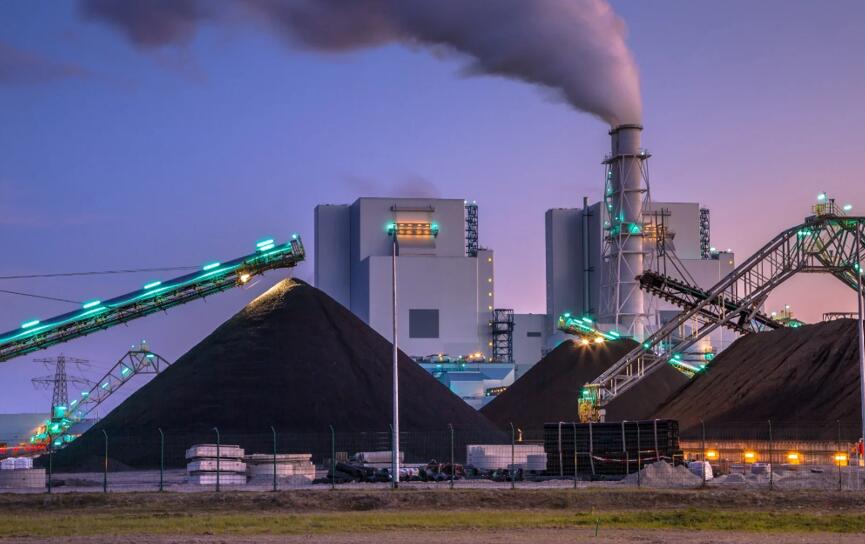
Gas analysis solutions have evolved tremendously over the years. In today’s rapidly advancing world, new trends and opportunities are emerging that will shape the industry’s future.
● Artificial Intelligence And Machine Learning In Gas Analysis
Gas analysis solutions manufacturers have begun incorporating artificial intelligence (AI) and machine learning (ML) to enhance accuracy and efficiency. By analyzing vast datasets, AI-powered systems can optimize detection algorithms and minimize false alarms.
For example, AI-driven predictive maintenance can save up to 12% in costs and reduce unplanned downtime by 9% (McKinsey).
● Integration With Renewable Energy Systems
Integrating gas analysis solutions with renewable energy systems is paramount for optimizing efficiency and reducing greenhouse gas emissions. Manufacturers are now designing analyzers that monitor biogas, hydrogen, and other renewable energy sources.
The global biogas market is projected to reach $35.2 billion by 2027 (Allied Market Research), illustrating the rising demand for advanced gas analysis technologies.
● Expanding Applications In Healthcare And Food Safety
Gas analysis solutions are extending their reach into healthcare and food safety. Manufacturers are developing devices to detect contaminants in pharmaceutical products and monitor indoor air quality in healthcare facilities.
As the global food safety testing market is expected to reach $32.21 billion by 2027 (Grand View Research), gas analyzers that ensure compliance and safety standards will see increased demand.
● Advanced Materials And Sensor Technologies
Innovative materials and sensor technologies have revolutionized gas analysis solutions. Manufacturers are exploring graphene-based sensors, offering improved sensitivity and selectivity, as well as reduced response times.
The global gas sensors market is projected to grow at a CAGR of 8.1% from 2021 to 2028 (Grand View Research), indicating the growing importance of advanced materials in gas analysis solutions.
● Growth In Demand From Developing Economies
Developing economies present significant opportunities for gas analysis solutions manufacturers. With industrialization and urbanization accelerating, the demand for environmental monitoring, industrial process control, and automotive emission testing are surging.
The Asia-Pacific region is anticipated to witness the fastest growth in the gas analyzer market at a CAGR of 5.8% from 2020 to 2027 (Mordor Intelligence).
● Increased Adoption In Non-Traditional Industries
Non-traditional industries, such as agriculture, smart cities, and consumer electronics, are increasingly adopting gas analysis solutions.
Manufacturers are developing advanced gas analyzers to monitor soil health, detect hazardous gases in urban environments, and optimize consumer products. The rising interest in these diverse applications highlights the expanding role of gas analysis solutions across various sectors.
Conclusion
Choosing a reputable gas analysis solutions manufacturer remains crucial for ensuring accurate, reliable, and efficient gas monitoring. With extensive industry expertise, ESEGas stands out as a top choice, backed by impressive statistics and customer satisfaction rates.
Opt for ESEGas benefit from cutting-edge technology, unparalleled support, and tailored solutions that cater to your specific needs in the ever-evolving gas analysis industry. Trust ESEGas.com for a long-term partnership that fosters precision, safety, and growth.





